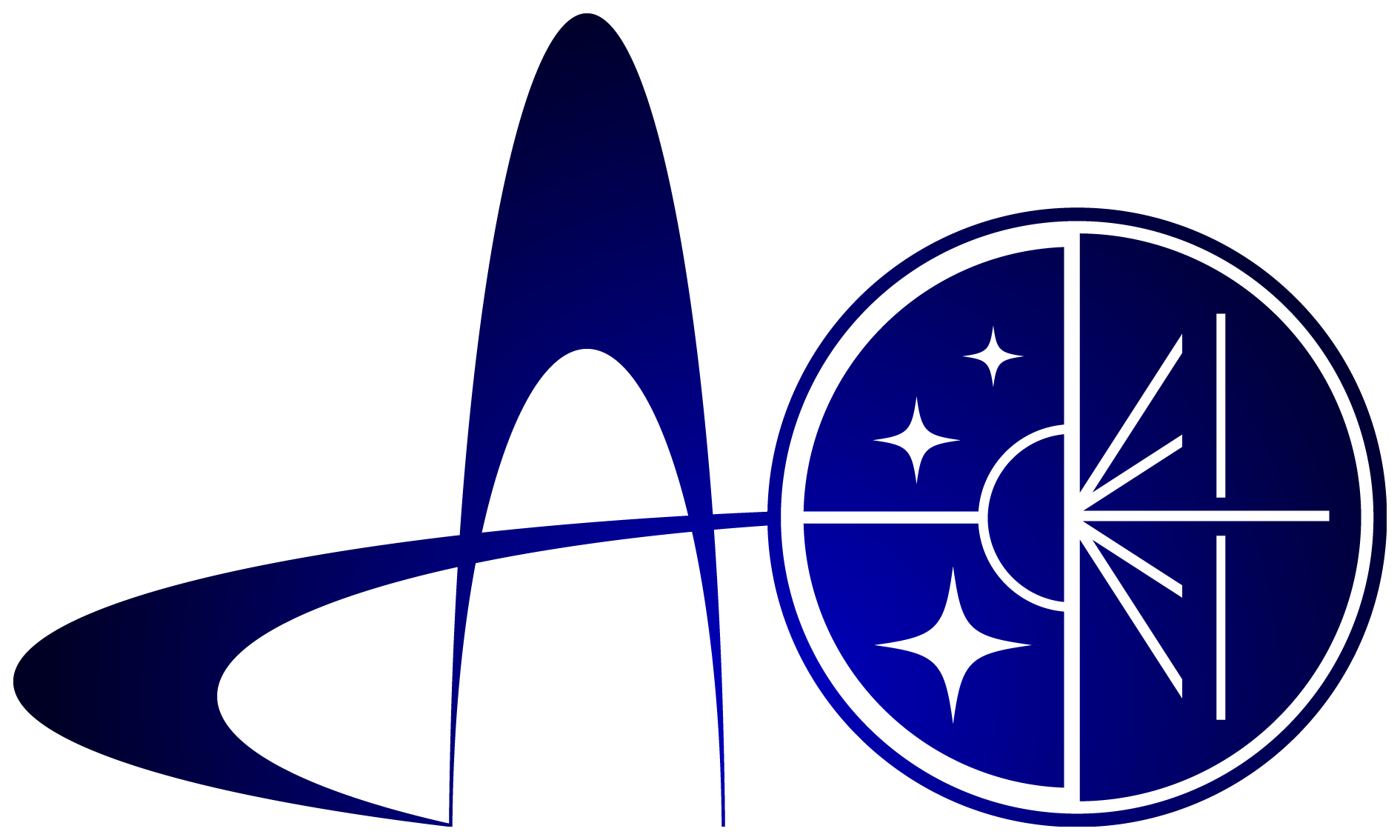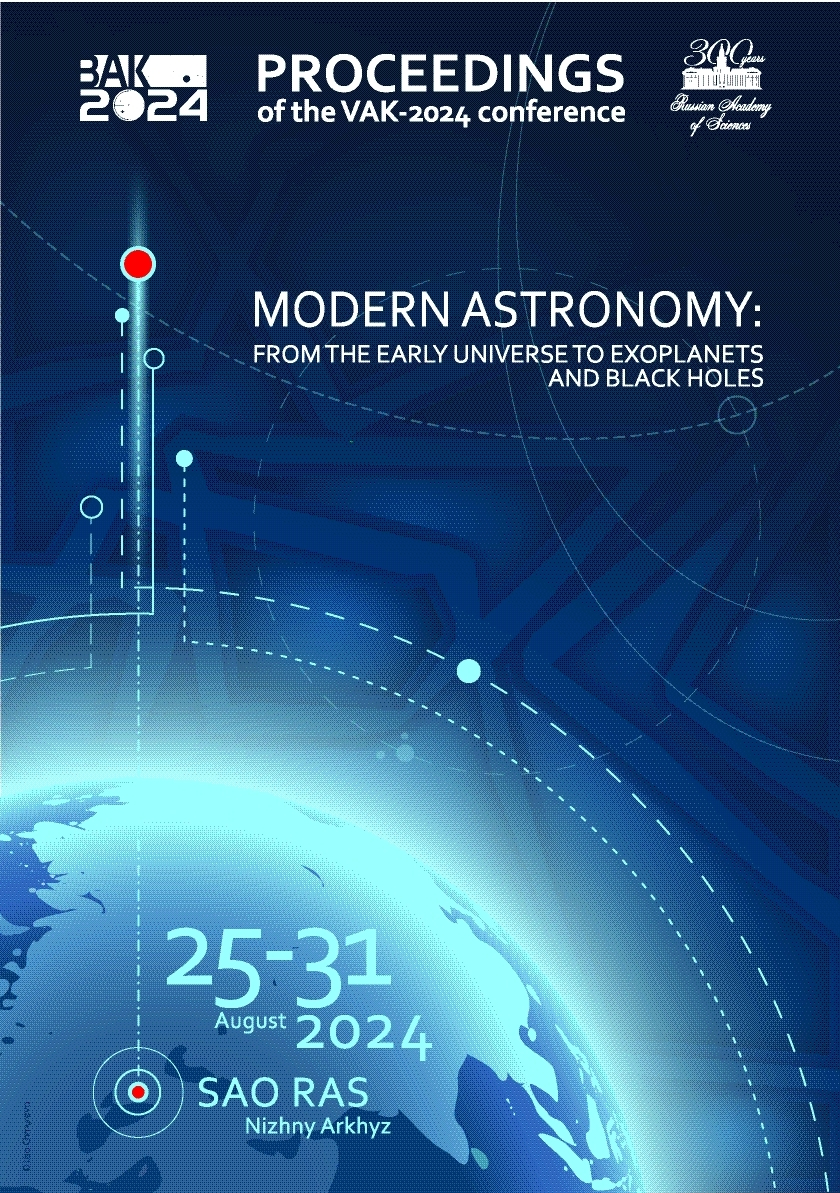Central Astronomical Observatory of the Russian Academy of Sciences at Pulkovo
УДК 53 Физика
УДК 520 Инструменты, приборы и методы астрономических наблюдений, измерений и анализа
УДК 521 Теоретическая астрономия. Небесная механика. Фундаментальная астрономия. Теория динамической и позиционной астрономии
УДК 523 Солнечная система
УДК 524 Звезды и звездные системы. Вселенная Солнце и Солнечная система
УДК 52-1 Метод изучения
УДК 52-6 Излучение и связанные с ним процессы
ГРНТИ 41.00 АСТРОНОМИЯ
ГРНТИ 29.35 Радиофизика. Физические основы электроники
ГРНТИ 29.31 Оптика
ГРНТИ 29.33 Лазерная физика
ГРНТИ 29.27 Физика плазмы
ГРНТИ 29.05 Физика элементарных частиц. Теория полей. Физика высоких энергий
ОКСО 03.06.01 Физика и астрономия
ОКСО 03.05.01 Астрономия
ОКСО 03.04.03 Радиофизика
ББК 2 ЕСТЕСТВЕННЫЕ НАУКИ
ББК 223 Физика
ТБК 614 Астрономия
ТБК 6135 Оптика
BISAC SCI004000 Astronomy
BISAC SCI005000 Physics / Astrophysics
The analysis of space mission data, such as Long Duration Exposure Facility (LDEF), reveals that the majority of meteor particles fall within the microgram to milligram range. This range corresponds to meteor absolute magnitudes from 5-6 mag to 10-11 mag. Global Meteor Network (GMN) and Mini-MegaTORTORA (MMT) database analysis shows a noticeable decrease in the number of detected meteors fainter than threshold "limiting magnitude minus about 2 mag''. This implies that there may be a loss of faint meteors at low signal-to-noise ratios. Therefore, it is crucial to improve the methods for detecting faint meteor events. We present a technique focused on real-time data processing. The key components of the pipeline involve rapidly identifying local peaks and then projecting the chosen points from a series of frames onto a reference frame within a sub-series of several images for analysis using the Hough transform. Initial test observations indicate an increasing trend in the number of faint meteor detections.
techniques: image processing; meteors; meteoroids
1. Chen Y., Li G., Liu C., et al., 2023, Universe, 9, 11, id. 468
2. Karpov S., Orekhova N., Beskin G., et al., 2019, Revista Mexicana de Astronomía y Astrofísica (Serie de Conferencias), 51, p. 127
3. Vida D., S egon D., Gural P.S., et al., 2021, Monthly Notices of the Royal Astronomical Society, 506, 4, p. 5046






